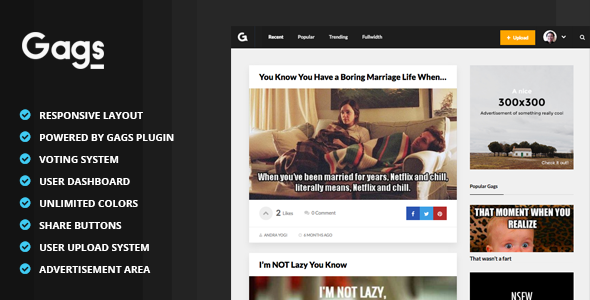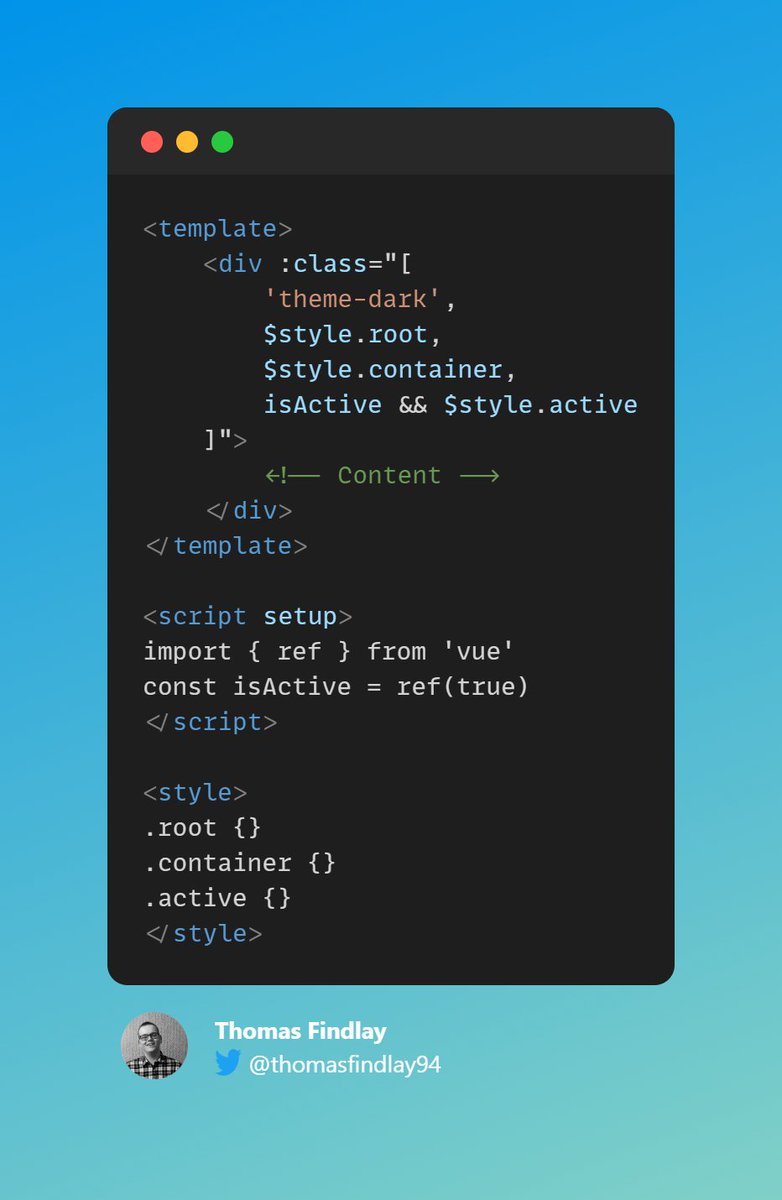
Can I use HTML template in Angular?
Is it possible to integrate an HTML template in Angular? How does this integration affect the functionality of the application? What are the possible challenges we might face while doing so? These questions are necessary for understanding the practicality and applicability of using HTML templates in Angular.
The incorporation of HTML templates in Angular often presents several challenges. According to the Angular documentation, HTML templates require diligent management, with their syntax having an enormous impact on an Angular application’s performance and security. Scoping within templates and the communication between components can also be confusing, as stated by developers on Stack Overflow. However, the widespread use of HTML templates in Angular, as evidenced by numerous American surveys, underscores a clear need for their successful integration. A practical guide to doing this could help in alleviating the mentioned problems.
In this article, you will learn how to effectively utilize HTML templates in conjunction with Angular. Covering the most common issues encountered during this process, the material will delve into the specifics of template management, from the basics of integrating an HTML template into an Angular application to handling scope and communication between components.
By the end of this article, you will be well-versed with the various techniques and best practices associated with using HTML templates in Angular. Both beginner and experienced developers will find the information and strategies discussed here beneficial in enhancing their coding capabilities when working with HTML templates in Angular.

Understanding Basic Definitions: HTML and Angular
HTML (Hypertext Markup Language) is a standard coding language used universally for creating and designing web pages. It works by ‘marking up’ text with tags that describe the structure of the web content to the browser.
Angular is a popular platform developed by Google, designed for building web applications. It uses HTML as well as its own syntax to deliver powerful, interactive, and dynamic web experiences.
Certainly, using HTML templates in Angular is feasible. HTML templates are fundamental to Angular’s functioning. Angular takes over the static HTML and then makes it dynamic by adding behavior. This combination allows developers to construct highly responsive web interfaces.
Breaking Barriers: Unveiling the Power of HTML Templates in Angular
Embracing the Strength of HTML Templates in Angular
HTML templates are the cornerstone of Angular applications. They define the views of an Angular application. Tightly integrated with TypeScript, HTML templates provide a more powerful way to handle web application development than with HTML alone. By encapsulating the HTML content and combining it with Angular’s powerful data binding capabilities, developers can create dynamic and interactive user interfaces with greater ease.
Angular’s HTML templates are much more than static markup. The ability to bind properties and events makes them highly dynamic. Angular interprets these templates into an HTML format that the browser can understand and display to the user. Added to this is Angular’s two-way data binding feature, which ensures that model data and user interface are always in sync. This simplifies the development process and eliminates the need for unnecessary code to maintain this synchronization.
The Power Unleashed – Components and Directives
To understand the power inherent in Angular’s use of HTML templates, it’s key to understand two significant concepts: components and directives. An Angular application is primarily a collection of components glued together. Each component consists of a TypeScript class and an HTML template, wherein the latter defines a section of the user interface. The TypeScript class manipulates data, and by associating the class with the template, Angular provides an effective way for developers to interact with the user interface.
Directives, on the other hand, serve to shape or reshape the document’s structure, primarily in HTML. They add behaviour to an existing element or an entire area. Angular’s built-in directives have their roles; for instance, ‘ngFor’ is used to loop over a list and generate a template for every item in the list.
- ngIf: This structural directive helps in adding or removing elements based on a particular condition.
- ngSwitch: This directive is used for adding/removing DOM element subtrees based on a switch condition.
- ngStyle: This directive helps in modifying styles of different HTML elements.
This ability of Angular to create reusable and modular code through components, and shape the HTML structure through directives, gives a hint of the power that can be tapped when combining HTML templates with Angular.
The takeaway here is clear: Utilizing HTML templates in Angular can be a transformative approach to streamlining complex frontend tasks. As a developer, leveraging templates effectively can not only save time and effort but also significantly boost the performance and user experience of the applications you create. With its powerful feature set, Angular invites us to think about templates in a new way, where HTML dares to be dynamic, responsive, and alive.
Experience Freedom: Tweak and Innovate with HTML Templates in Angular
Pushing Boundaries with HTML Templates in Angular
Have you ever considered the vast potential that lies within your grasp when you integrate HTML templates with Angular? This realization of potential is essentially the equivalent of freeing the chained creative mind. When you pair the simplistic yet capable nature of HTML with the dynamic and modular aspects of Angular, you unlock a world of possibilities for innovative web development.
Angular presents a remarkable capacity to interpret HTML like a template and manipulate it to output dynamic content. This feature bypasses static HTML constraints, thereby revolutionizing the process of web design. However, the problem arises when developers are unclear on how best to harness these features and use HTML templates optimally in Angular. The lack of expertise to make best use of the strong synergy that both Angular and HTML yield is where most developers go stagnant.
Navigating Possible Solutions to Leverage HTML Templates
Let’s begin by elucidating on Angular Directives, an imperative approach to enhance this collaboration. Directives change the layout or behaviour of the HTML in the DOM. Another solution is the Angular Component Router, which can load different components dynamically based on the location URL, an advantageous attribute that enables a single page application to have multiple views. These solutions provide a clearer understanding of the usage of HTML templates in Angular by elegantly integrating dynamic web design.
However, to truly grasp the leverage gained from using HTML templates in Angular, some examples are in need. Take, for instance, an e-commerce website. In such a scenario, each product listed on the website can be viewed as a component governed by AngularJS, with the product details embedded within HTML templates. Using Angular directives, these templates could be dynamically populated with product details retrieved from a database. This would minimize redundant HTML, ensure consistency, ease changes, and improve readability.
To further ensure an effective blending of HTML templates with Angular, consider implementing lazy loading by breaking down the application into logical modules. Then, only load those modules when they need to be rendered. In doing so, you can increase the loading speed and overall performance of the website, thereby ensuring a smooth user experience.
With sufficient understanding and careful application, HTML templates in Angular can undoubtedly serve as a potent tool to enhance web development. The freedom to innovate is just a deep understanding away. By understanding HTML’s capabilities within the context of Angular, you will indeed be setting the stage for personalized, yet dynamic web development.
Re-imagine the Norm: Going Beyond the Basics with HTML Templates in Angular
Breaking Boundaries with HTML Templates in Angular
Have you ever tried using HTML templates in Angular? This powerful combination can bring impressive results, allowing programmers to create dynamic, responsive websites with less overall coding effort. HTML templates integrate seamlessly with Angular’s two-way data binding, a core feature of Angular that enables data to flow between the model (JavaScript variables) and the view (HTML). The outcome? More flexibility and control over the user interface.
Angular’s interpolation, property binding, and event binding techniques can all be used within HTML templates. Interpolation entails inserting expressions within the view, and then decoding those expressions into data, whereas property binding controls the DOM properties of HTML elements. Lastly, event binding listens for user actions like mouse clicks or key presses, triggering specific code to run when these actions occur.
Addressing the Elephant in the Room
While HTML templates in Angular provide remarkable dynamism and flexibility, their implementation isn’t without challenges. The biggest issue here lies in using HTML templates effectively—creating a clean, manageable, reusable code that doesn’t turn into a jumbled mess of tags and syntax. Proper structure is crucial, and this can be daunting when coding complex apps with several layers of components.
Remarkably, Angular’s architecture supports and encourages component-independent, modular code. With this, you can minimize potential chaos by keeping components self-contained, aiming for clarity and simplicity, and always planning ahead for future scalability. However, this requires discipline and a good understanding of the architectural principles of Angular apps.
Leading with Examples
One of the principal ways organizations have been successful in implementing HTML templates in Angular is through modularization. In dividing the application into distinct, functional units, it is easier to manage and maintain while also providing an avenue for reusability. For instance, an e-commerce platform would logically separate the product listing, shopping cart, and user registration into different modules, each with its sub-components.
Next, component hierarchy ought to be wisely utilized, branching out from generic to specific. Global elements such as the navigation bar or footer, for instance, should be at the top of the hierarchy, with more content-specific components following suit. It helps in encapsulating components and avoiding unnecessary complexities in the code base.
Lastly, Angular’s built-in directives and services, such as *ngIf and *ngFor, can be powerfully leveraged within HTML templates. These directives create dynamic views that update automatically whenever the underlying model data changes. Such practices lead to leaner, less error-prone code, reducing the time consumed in coding, testing, and debugging.
Conclusion
Is incorporating HTML templates in Angular truly enhancing your web application development process? We have explored this topic in depth, revealing the power and flexibility that comes with using HTML templates in Angular. The duality of HTML’s simplicity and Angular’s dynamism makes a unique blend that works for both beginners and expert developers. With the template syntax of Angular and the expressive form HTML brings, the machine-like code transforms into a readable, maintainable set of instructions vivifying the whole developer experience. The level of reusability, testability and separation of concerns offered by this unity significantly decreases code smell, thereby increasing productivity.
New episodes on all things related to web application development, specifically Angular and HTML, will be on the horizon. Your ongoing support and readership mean so much to us. So, we are asking you to stay connected. Tracking our blog will ensure you are current with trends and updated with the fast-paced technological changes. With each release, you can expect articles that are insightful, teeming with exclusive tips and hacks, and information on best practices. Every article is designed to heighten your knowledge and practical skills, equipping you with the necessary tools to stay ahead in the web development journey.
In a world that is evolving at a breathtaking speed, it is critical not to fall behind. Therefore, your patience in waiting for the fresh releases is invaluable. Our loyal readers are a crucial part of our community and your patience and anticipation for our new releases help us strive for the highest quality content. The forthcoming articles promise mappings of newly discovered territories in the domain of web development and your admirable perseverance and avidness for learning new concepts with us play a significant role in making each release possible and worthwhile. We look forward to further exploring the extraordinary potentials of HTML templates in Angular with you.
F.A.Q.
1. Can I use any HTML template in Angular?
Yes, it is possible to use any HTML template in Angular. Since Angular itself is built with HTML, it allows you to extend HTML’s syntax to express your application components.
2. What is the process of integrating an HTML template into Angular?
To integrate an HTML template into Angular, the first step is to define the template within an Angular component. Then, you tell Angular where to render that component by adding a selector to the HTML where you want it to display.
3. Are there any limitations in using HTML templates in Angular?
Although you can fully utilize HTML in Angular, sometimes you might face challenges due to Angular’s additional structure and complexity. However, with Angular’s powerful features like directives, you can manipulate and extend the HTML to suit your app needs.
4. How are HTML templates helpful in Angular?
HTML templates in Angular can enhance the efficiency of your code by allowing you to reuse code snippets. They can also reduce errors and increase maintainability by separating the UI view from other application logic.
5. Can I use external CSS with my HTML template in Angular?
Yes, you can use external CSS with your HTML template in Angular. You just need to link the CSS file in the ‘styleUrls’ property of your @Component decorator, allowing you to style your HTML templates according to your requirements.













